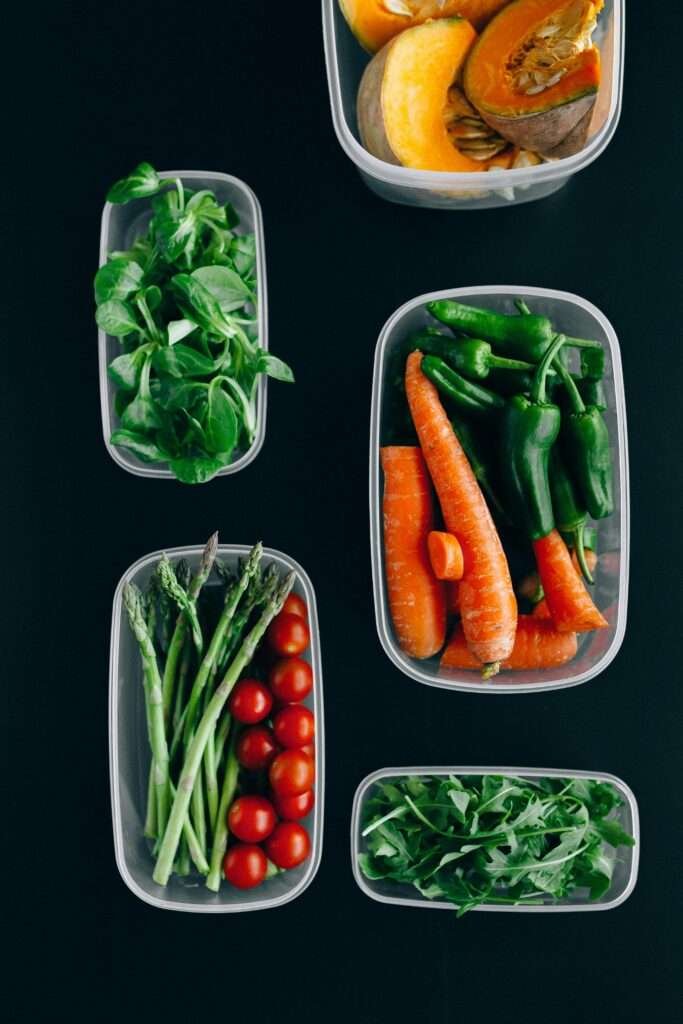In modern days, plastic is a convenient material playing a crucial role in various industries, including food preservation. Plastic has become popular for food packaging and storage due to its affordability, convenience, and versatility. However, using plastic for food preservation has some negative impacts.
In this article, I will discuss the benefits and drawbacks of using plastic for food preservation.
The Benefits

1. Barrier Properties
Plastics are effective at preventing moisture, oxygen, and contaminants from reaching the food. Polyethylene, polypropylene, and polyethylene terephthalate (PET) are materials with properties that make plastic widely used in food packaging and preservation. They help extend the shelf life of perishable items, keeping them fresh for longer.
2. Lightweight and Durable
We consider a material ideal if it is lightweight and durable. Plastics meet that criteria undoubtedly. They increase the mobility of food and reduce transportation costs in industrial settings. At home, they take up less space in your freezer. Their durability helps keep food safe from damage.
3. Customization
The biggest convenience of plastic is its high customizability. You can customize your packaging according to size and design. It can be designed to fit specific products, provide portion control, and even incorporate features like resealable closures, enhancing convenience for consumers.
4. Cost-effective
Both manufacturers and consumers prefer plastic for its affordability and accessibility. Compared to other materials, plastics are more cost-effective for packaging. Manufacturing plastic packaging typically requires less energy than producing materials like glass or metal. The energy efficiency of plastic production contributes to lower overall production costs.
The Drawbacks and Concerns

1. Exposure to Chemicals
There is concern about the chemical exposure from plastic, which negatively impacts food preservation. Plastics can contain additives, such as plasticizers, stabilizers, and colorants, that may leach into food. Chemicals like Bisphenol A (BPA) and phthalates can pose health risks, including endocrine disruption and other long-term effects.
2. Environmental Impact
The biggest concern with using plastic is its negative impact on the environment. Most plastics are single-use, contributing significantly to waste generation. Plastics also have a harmful impact on wildlife. Microplastics, small plastic particles resulting from the degradation of larger items, have been found in various food products and water sources, raising concerns about their impact on human health.
3. Flavor and Odor Absorption
Some plastics can absorb flavors and odors from food. This can alter the taste and smell of the preserved food, potentially affecting its quality and consumer experience. At home, if you don’t use food-grade plastic for food preservation, your food can be affected by unpleasant smells.
4. Limited Heat Resistance
Plastic cannot tolerate high heat. You should not reheat food in a microwave using a plastic container, nor should you put hot cooked food in plastic. This could cause chemical exposure to the food. Exposure to high temperatures can cause plastic to degrade, release harmful chemicals, or lose its structural integrity.
Alternatives

To show our concern for the environment and for betterment, we need to find alternatives to using plastic. Biodegradable and compostable plastics made from renewable sources, such as corn starch or sugarcane, are sustainable options. Glass, metal, and paper-based packaging are also viable alternatives, each with its advantages and disadvantages. These materials offer less chemical exposure and have a better environmental profile. However, they can be heavier, more expensive, and less customizable. Nonetheless, if we are concerned about our health and the environment, we should consider these alternatives.
Moreover, while using plastics for food preservation can be convenient, it is a field-specific solution with both benefits and drawbacks. We need to explore sustainable alternatives for the safety of our environment and health. As consumers, we should raise awareness in society about the benefits and drawbacks of plastics and strive for a balance between their use and environmental considerations.
